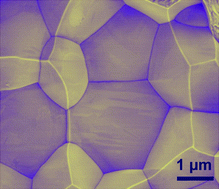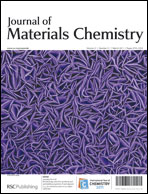Among the recently investigated magnetoelectric materials, those belonging to the solid solution xBiFeO3–(1 − x)PbTiO3 (xBF–(1 − x)PT) seem to be the most promising. However, there is not much information about the characteristics of this system in the whole range of compositions. In this work, the preparation of the system for compositions with 0 ≤ x ≤ 1 is described. The synthesis has been successfully achieved by mechanosynthesis in a high-energy planetary mill. A structural characterization of the mechanosynthesized phases, before and after different thermal treatments, has been carried out by X-ray powder diffraction (XRD), in order to analyze the crystallographic evolution of the phases, correlated to the phase transitions detected by differential thermal analysis (DTA). The structural characterization has allowed the range of compositions of the morphotropic phase boundary (MPB) to be established. First order ferro–paraelectric transitions have been detected by DTA measurements in the whole range of the system and the corresponding Curie temperatures have been determined. Moreover, a comparative microstructural study of the ceramic materials corresponding to the x = 1, 0.7 and 0.6 compositions, prepared by two different processing methods (conventional sintering and spark plasma sintering (SPS)), is reported.

You have access to this article
 Please wait while we load your content...
Something went wrong. Try again?
Please wait while we load your content...
Something went wrong. Try again?


 Please wait while we load your content...
Please wait while we load your content...